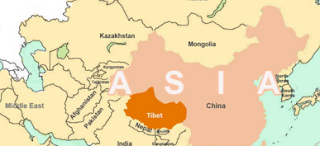Positivity Prints
3rd Grade
Before beginning their investigation into printmaking, third graders spent some time manipulating the elements and principles of art.
Students worked with partners to arrange paper scraps into compositions demonstrating the elements and principles. Some groups created narratives, while many organized their pieces into abstract compositions.
Next up, students experimented with using the elements and principles in monoprinting. Mono printing is any printmaking in which the image can only be made one time. We used plexiglass, paint, and found objects to create our monoprints.
We then switched gears to look at some public art. We used CMA's ODIP (observe, describe, interpret, prove) to look closely at the image below.
Students came up with so many unique interpretations of this image! Read some here:
Always have care in your heart. Grow your heart bigger. Filling up your heart just like filling up your bucket. Growing love. There is only one color part, so it looks like love or color was missing from the person's life and they are trying to grow love. Starting the cycle of life.
We then looked work by another artist, Dallas Clayton, who also creates a lot of public art and art that has a positive message.
Students shared their favorites, and how they made them feel. They then began creating their own positive artworks to display around the school!
The collographs were created by glueing foam letters to cardboard. Students were challenged to write their words and letters backwards so that they would be readable in the final print- very tricky! But they persevered and created many uplifting artworks!
We hope our art has a positive effect on you!
This lesson was inspired by http://thomaselementaryart.blogspot.com/2015/07/3rd-grade-collagraph-quote-prints.html
















